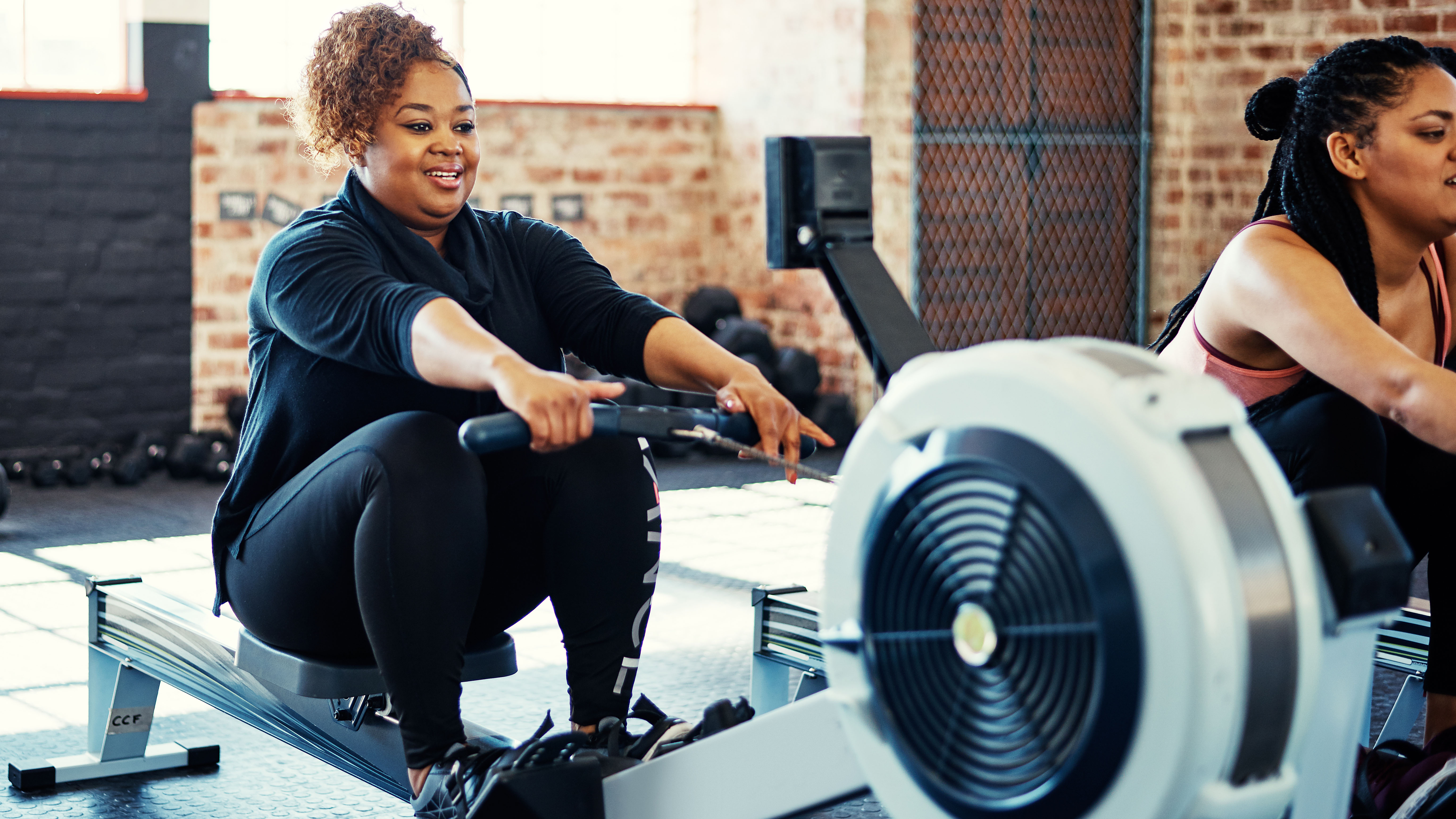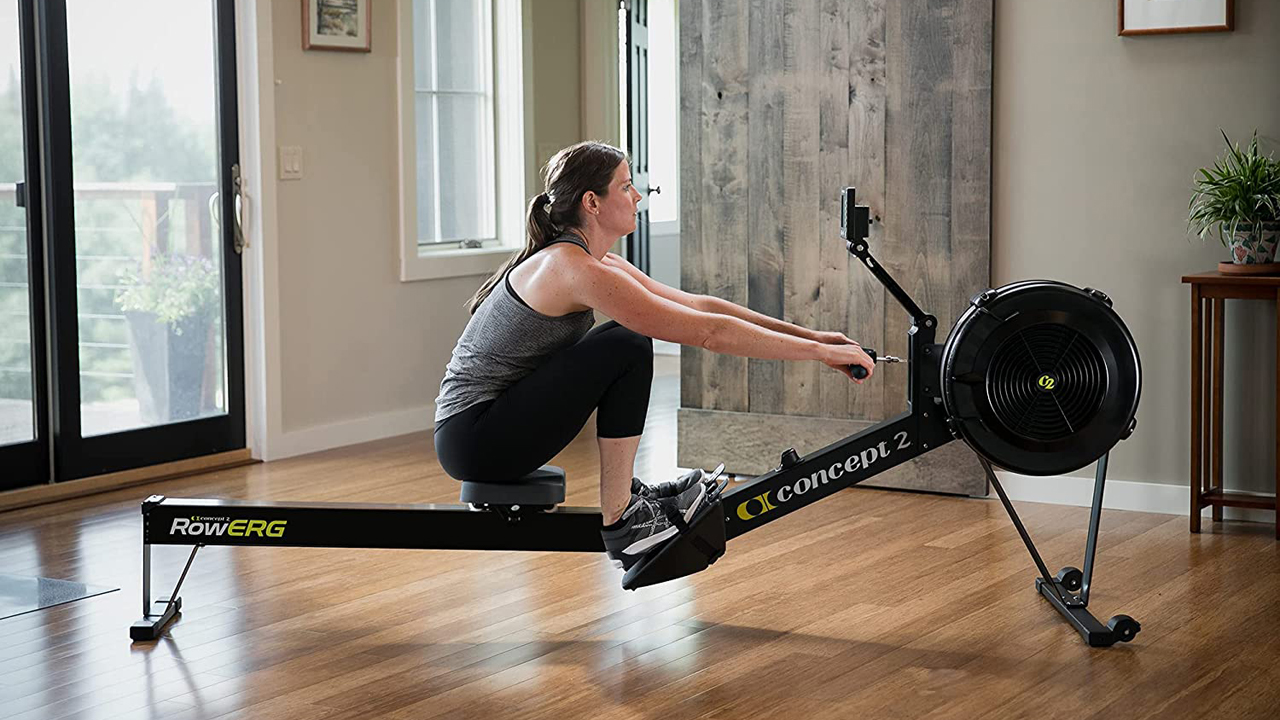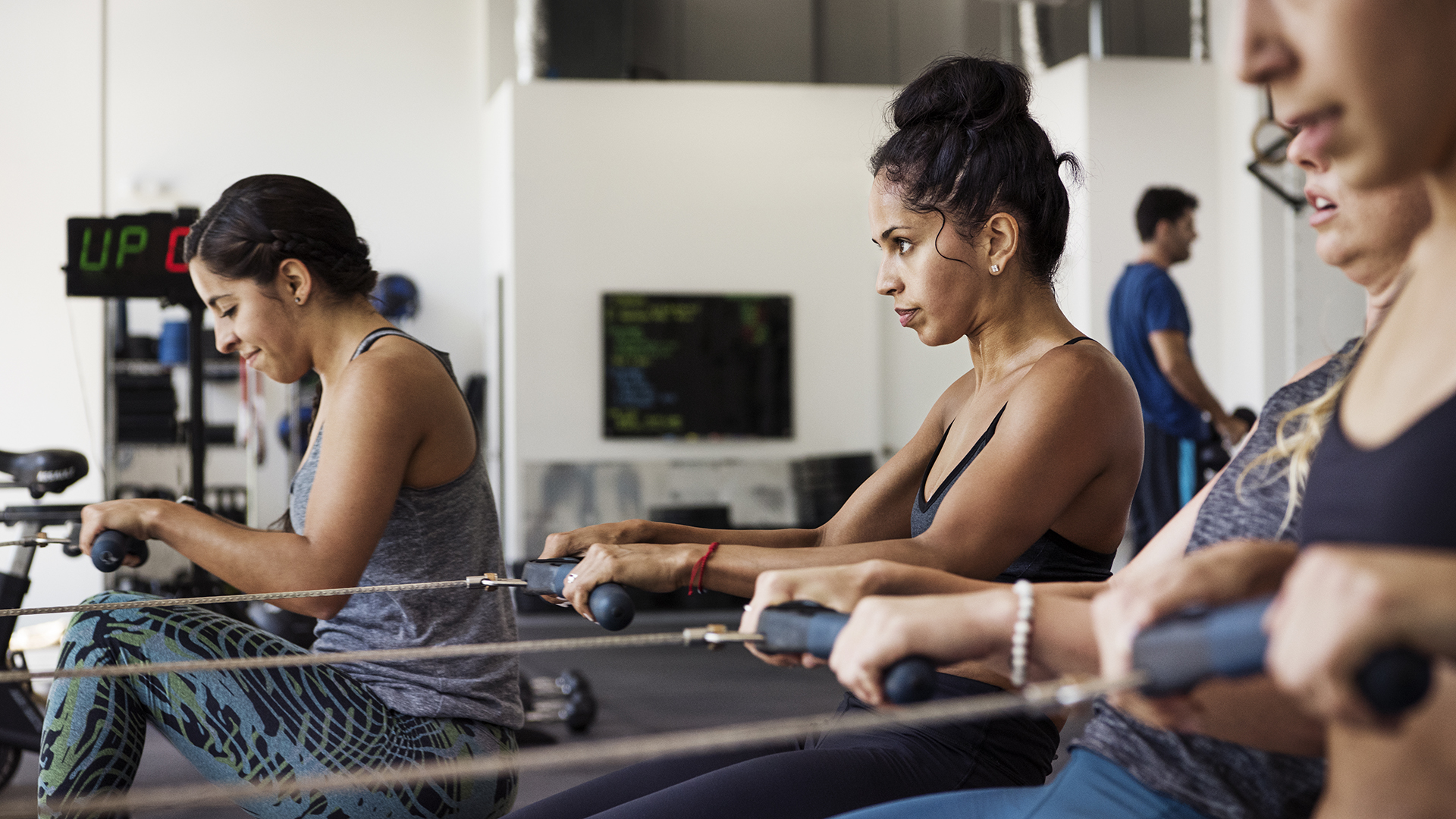Is the rowing machine a good workout?
Is the rowing machine a good workout, and how does it compare to treadmills and exercise bikes?

Is the rowing machine a good workout? In short, yes. Anyone who has ever taken on a 2km time trial will know this gruelling test of fitness is likely to leave you lying flat on your back with your heart pounding and lungs heaving.
Explaining why the best rowing machines provide such a comprehensive workout, however, is not something that can be addressed with a one word answer. But regardless of the best time to workout for you, the rower can deliver.
We spoke with Filip Ljubicic, chair of the Indoor Rowing Commission and member of the World Rowing Council, to find out why he thinks rowing machines have been turning treadmill-users’ heads of late. He describes the many health benefits these multifaceted machines have to offer, and explains why he thinks they can’t be beaten when it comes to all-encompassing cardio kit.
So, if you’re looking for a challenging workout then (after taking the time to learn how to use a rowing machine properly, of course) all that’s left for you to do is sit down and start rowing.
Why is the rowing machine a good workout?

There are plenty of rowing machine benefits. While other endurance exercises like running and cycling are lower body dominant, the muscles worked by rowing machines include your arms, back, shoulders, chest, forearms and core, as well as your hamstrings, quadriceps and glutes, for a more efficient exercise session. And you're recruiting certain muscle fiber types, too.
“The rowing machine gives you a full-body workout and uses 86% of your muscles,” Ljubicic says. “It works all major muscle groups, which makes it really efficient – 20 minutes of exercise on a rower is equal to about 40 minutes on a bike.”
An article published by the Harvard Medical School states that a 15lb/70kg person would burn 278 calories during a vigorous 30 minute session on a static bike and 324 calories on an elliptical trainer. An intense half-an-hour on a rowing machine, meanwhile, topped both figures with 369 calories burned. That means that rowers are really one of the best exercise machines to lose weight.
A session on a rowing machine can build strength and endurance simultaneously too. The resistance provided by each stroke – particularly on rowing machines with a range of resistance settings – will tax your muscles. Plus, by maintaining a consistent effort over time (aerobic exercise), you can improve the efficiency of your respiratory system.
The Physical Activity Guidelines for Americans recommend that people take part in at least 150 minutes of moderate intensity aerobic exercise each week, with positive impacts including a lower risk of heart disease and high blood pressure, better sleep and improved quality of life.
What is the best exercise equipment for home use?
If you’re looking to buy a new piece of fitness kit, finding the best exercise equipment for home use will depend on your fitness goals. For example, a competitive runner is likely to favour the best treadmills as they translate more directly to their training.
However, if you have broader fitness targets, such as improving your endurance or body recomposition, then we would recommend a rowing machine.
“If you’re looking to get fit or lose weight, it is really effective,” Ljubicic says.
“I’ve been using one to get rid of my lockdown bulge and it’s burning away with just 20 minutes of exercise a day. We all have busy lives and getting some exercise in a short period is difficult, so you want something effective and efficient. The rowing machine provides that, and this is why I think it’s the best piece of exercise equipment.”
Rowing machines also provide a low impact alternative to other popular aerobic activities. Due to the fact that it is a seated exercise method, your knee and ankle joints are put under less stress than when walking or running as they aren’t bearing any load.

What to look for when buying a rowing machine
If this has convinced you that rowers are capable of providing a good workout, and you’re in the market for a machine as a result, there are a few things you should know. Firstly, there are three main types of rowing machine divided by the method of resistance they use – air, water and magnetic.
Air: This is the most popular type of rower, which can be found in gyms and boathouses the world over (you may recognise the machine in our Concept2 RowErg review). They tend to be among the best value for money and provide a smooth rowing experience, although they can be quite loud.
Water: Water rowers are relatively quiet and claim to provide a more realistic on-water rowing experience than their air and magnetic counterparts. The smooth stroke action lessens any potential stress on your joints, and some people enjoy the therapeutic sound of the water whooshing within the tank.
Magnetic: These tend to be the quietest of the bunch, so you can enjoy an early hours or late night workout without worrying about annoying your neighbours. They are also slightly smaller and can often be folded up when not in use, making them a good option for those with limited space available.
Whichever type of rower you go for, there are several further factors to consider before you buy including comfort, feel and budget.
“I would recommend testing machines to find one that is comfortable to work out on,” Ljubicic says.
“A good quality machine replicates the feeling of rowing on the water, which is smooth and rhythmical and should not feel too heavy when you push. There are some great machines on the market from Concept2, WaterRower, Ergatta, Hydrow, RP3 and Technogym.”
References
Harvard Health. (2021, March 8). Calories burned in 30 minutes for people of three different weights. Retrieved April 29, 2022
Physical Activity Guidelines for Americans | health.gov. (2021). U.S. Department of Health and Human Services. Retrieved April 29, 2022
Sign up for the Live Science daily newsletter now
Get the world’s most fascinating discoveries delivered straight to your inbox.

Harry Bullmore is a fitness writer covering everything from reviews to features for LiveScience, T3, TechRadar, Fit&Well and more. So, whether you’re looking for a new fitness tracker or wondering how to shave seconds off your 5K PB, chances are he’s written something to help you improve your training.
When not writing, he’s most likely to be found experimenting with a wide variety of training methods in his home gym or trying to exhaust his ever-energetic puppy.
Prior to joining Future, Harry wrote health and fitness product reviews for publications including Men’s Health, Women’s Health and Runner’s World. Before this, he spent three years as a news reporter with work in more than 70 national and regional newspapers.










